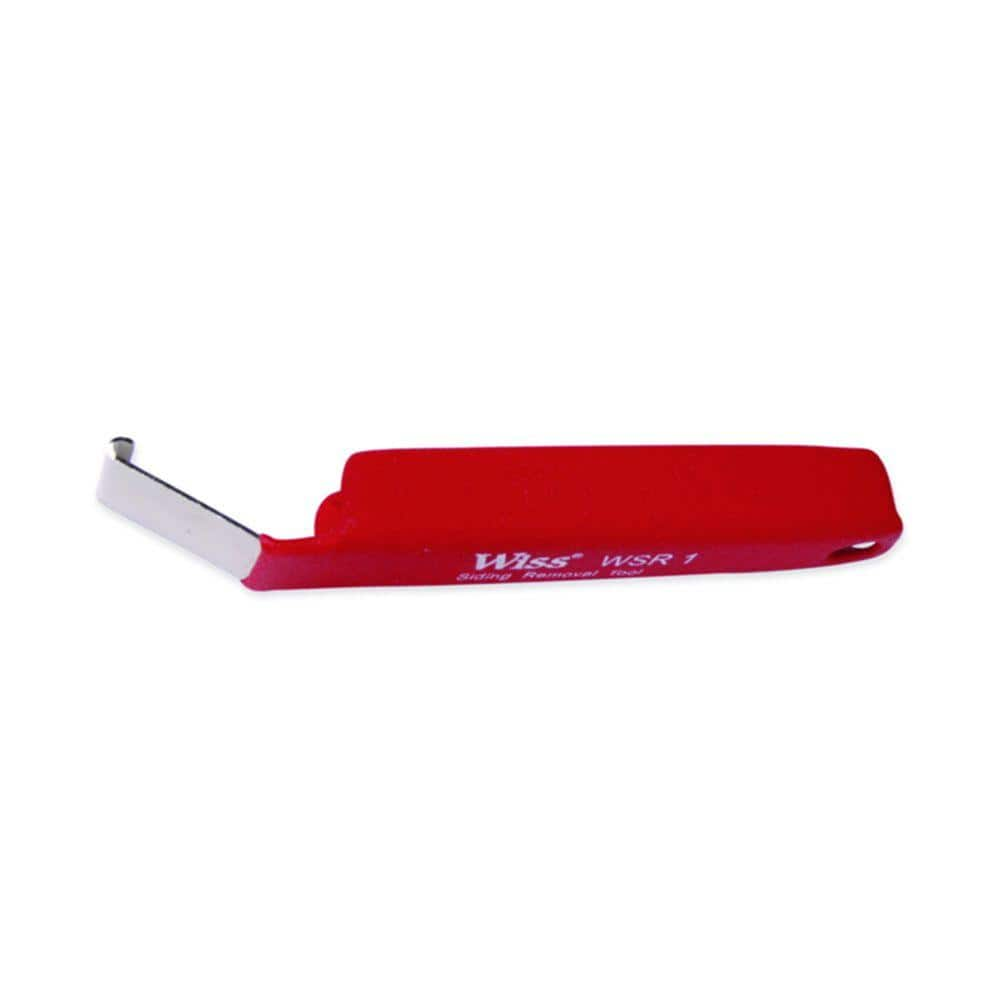We are trying to install an 18ft Sunsetter motorized awning. This is replacing an older manual model so we've been down this road before.
For the new one all the weight is mounted on the house, the old one was mounted differently and operated differently.
This new one needs to be securely attached to studs at 6 points and that's where we are running into a problem.
There are two layers of siding on the house, aluminum siding over wood siding. Our stud finders don't read anything on the outside. On the inside walls we can sometimes get a reading but it's variable. We are trying to transfer inside readings to the outside and just aren't sure if it's hitting the stud in the center or on the edge. It's just not feeling accurate.
I recommended aiming for above the sides of windows and where a wall would end. So far we are looking at making lots of holes and taking a lot of guesses. Our son is helping us and has gone home for the night as he got discouraged.
So what do other people do? Got any sure fire hints?
Thanks.
For the new one all the weight is mounted on the house, the old one was mounted differently and operated differently.
This new one needs to be securely attached to studs at 6 points and that's where we are running into a problem.
There are two layers of siding on the house, aluminum siding over wood siding. Our stud finders don't read anything on the outside. On the inside walls we can sometimes get a reading but it's variable. We are trying to transfer inside readings to the outside and just aren't sure if it's hitting the stud in the center or on the edge. It's just not feeling accurate.
I recommended aiming for above the sides of windows and where a wall would end. So far we are looking at making lots of holes and taking a lot of guesses. Our son is helping us and has gone home for the night as he got discouraged.
So what do other people do? Got any sure fire hints?
Thanks.


